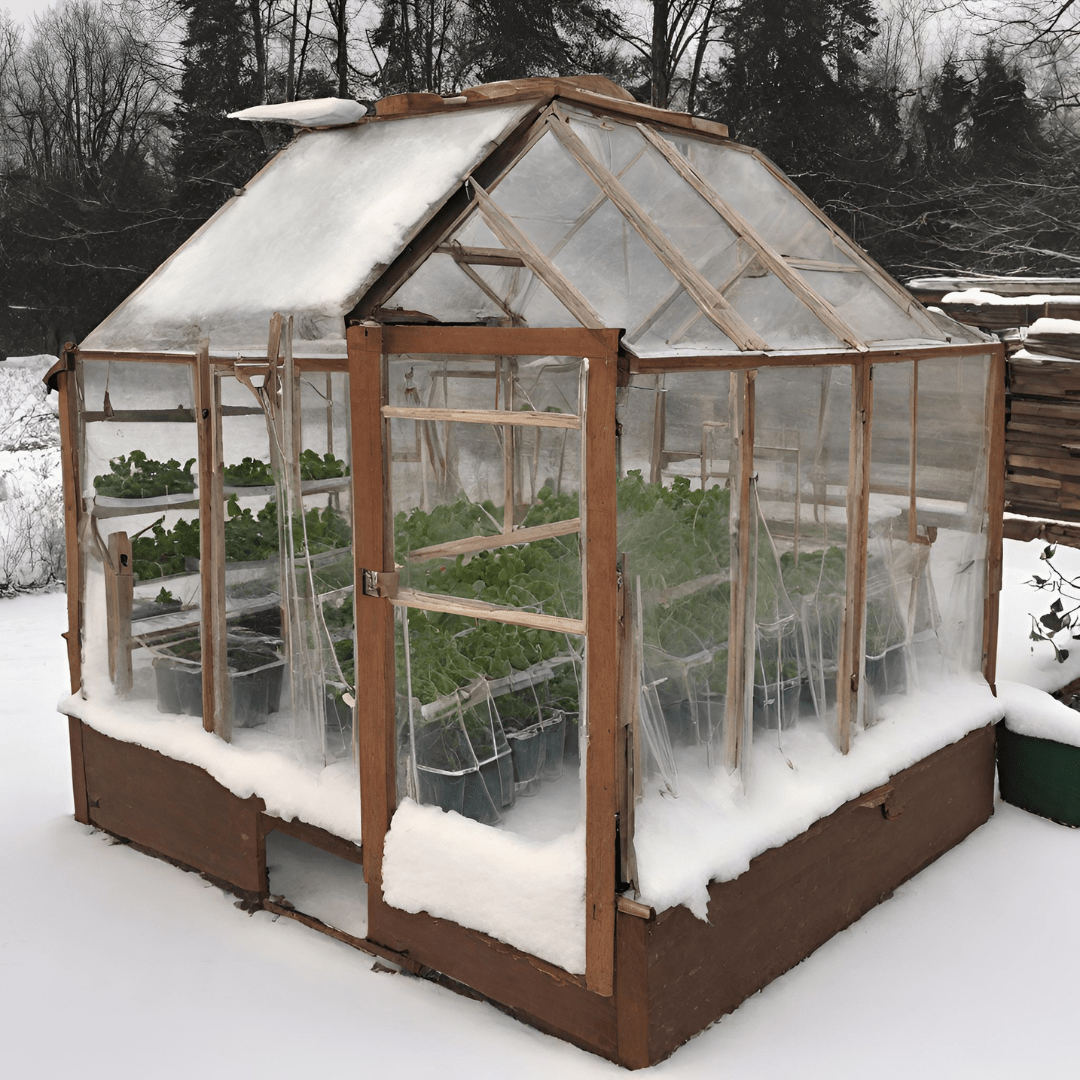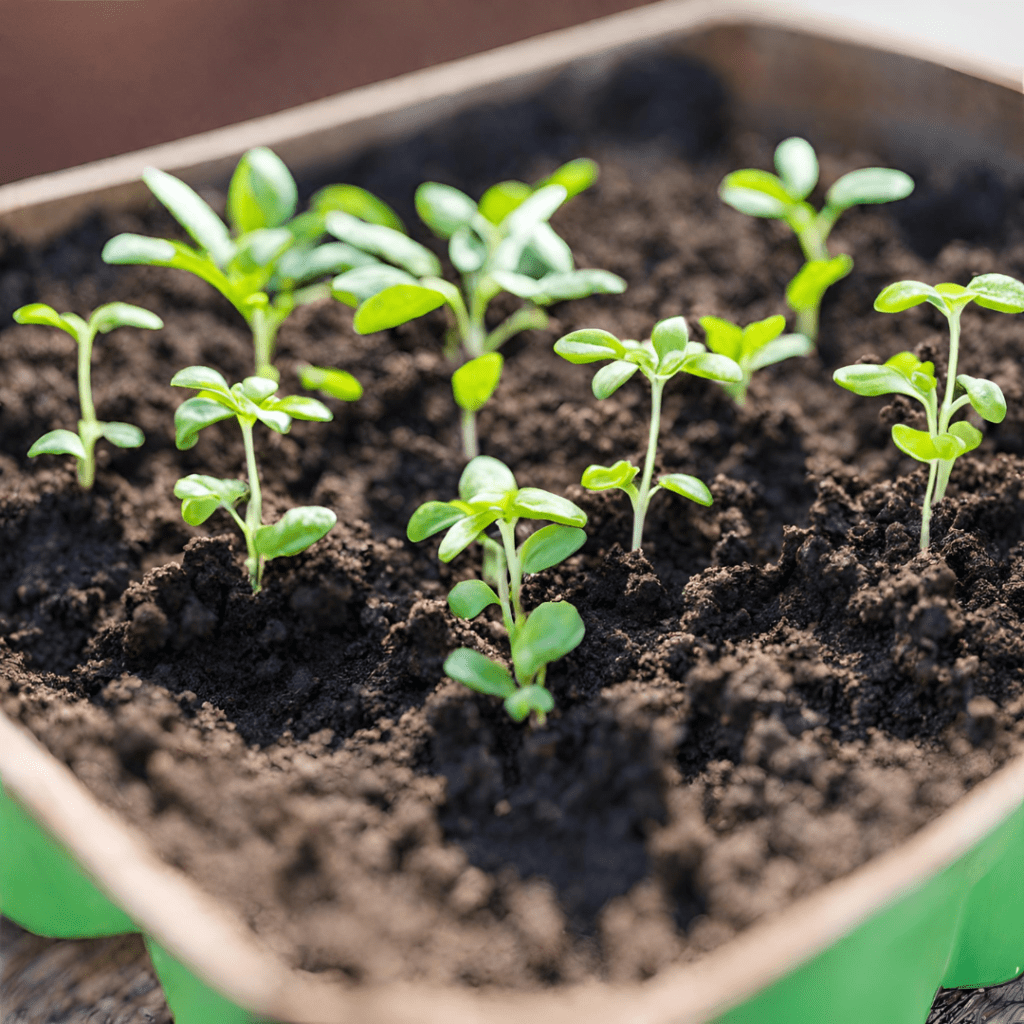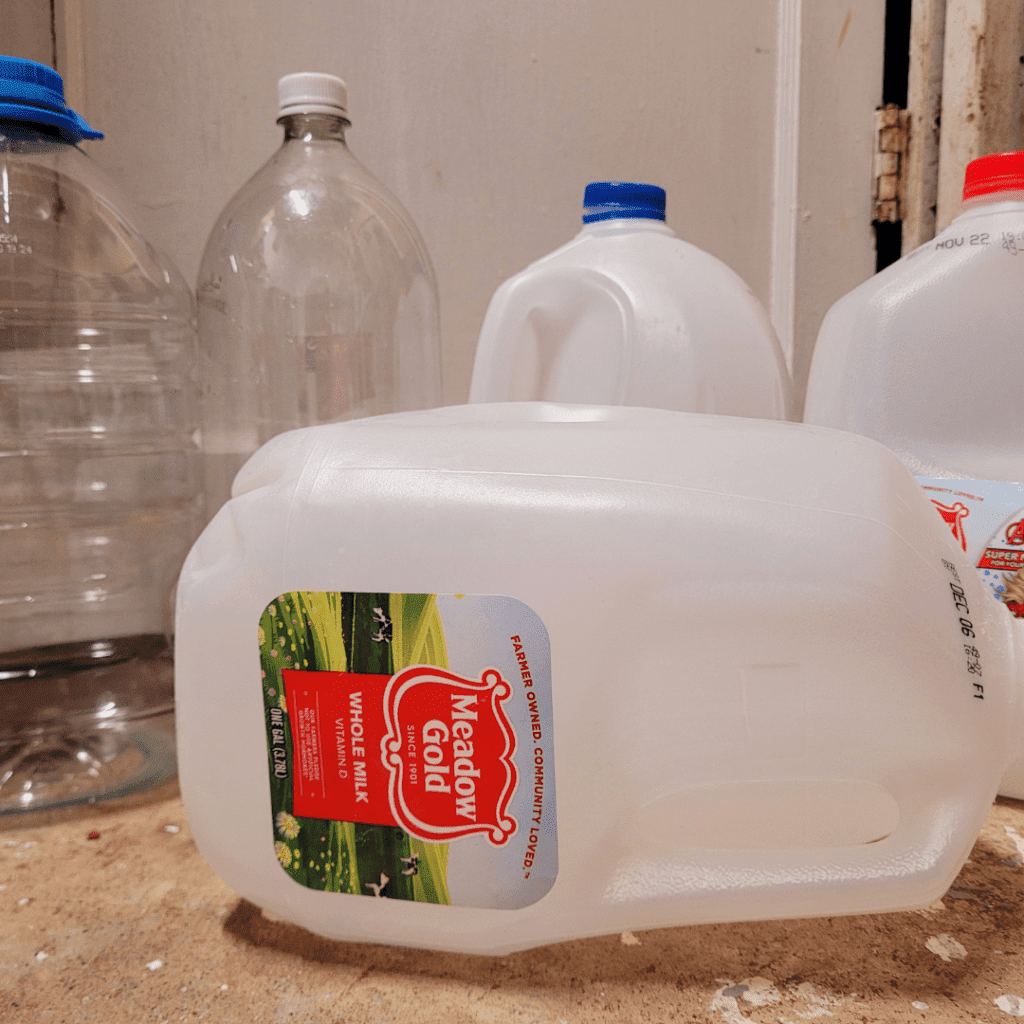Winter magic unveiled! Learn how perfect timing can boost your plants’ growth and give your garden a head start. Discover tips for winter sowing, selecting the right seeds, and using containers effectively to grow strong, resilient seedlings that thrive come spring. Turn the cold months into a productive gardening season.
In the realm of gardening, winter often conjures up images of dormant plants and barren landscapes. However, beneath the frosty surface lies a hidden world of immense growth potential. Timing plays a crucial role in unlocking the winter magic that can boost your plant’s growth and yield. Understanding the winter growth cycle, harnessing the influence of temperature and light, and implementing strategic techniques are all essential in embracing the enchantment of winter gardening.
In this article, I will delve into the secrets of perfect timing and explore how you can maximize the potential of your plants during the winter months. Get ready to unveil the transformative power of winter gardening and witness your plants thrive like never before.
This is a pinnable post. Tap or hover over any image in this post to pin to your Pinterest Boards.
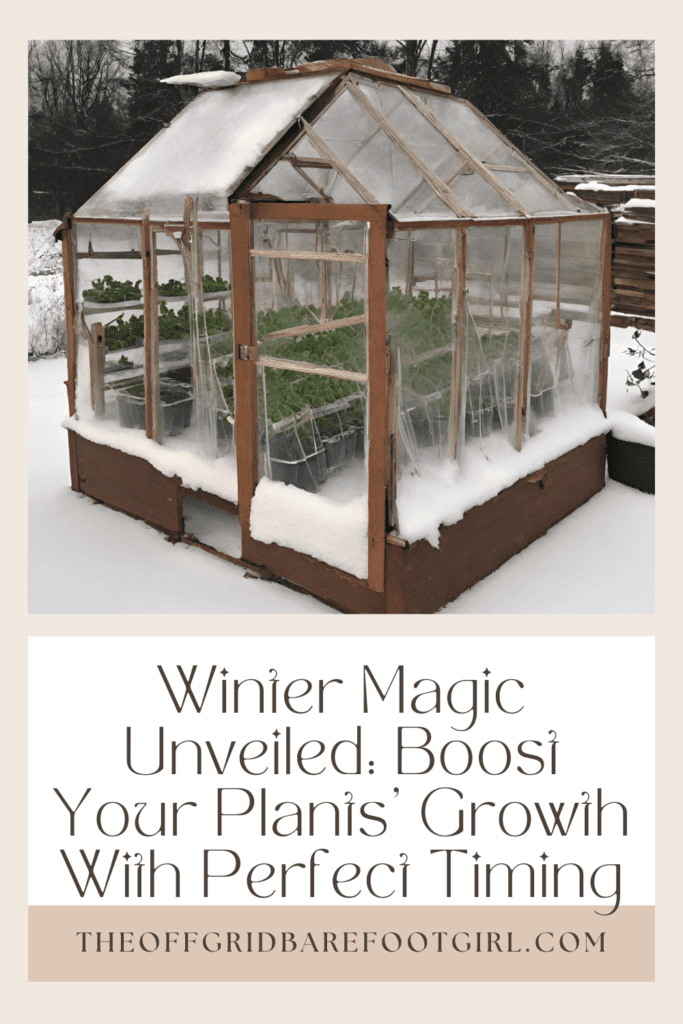
Introduction: The Transformative Power of Perfect Timing in Winter Gardening
Winter gardening may seem like an oxymoron to some, but true green thumbs know that the colder months hold a special kind of magic. With some strategic planning and a little bit of know-how, you can actually boost your plant’s growth even in the depths of winter. It’s all about understanding the nuances of the winter growth cycle and harnessing the power of temperature and light. So, grab your gardening gloves and get ready to uncover the secrets of winter gardening and the art of perfect timing.
Understanding the Winter Growth Cycle: An Overview of Plant Dormancy and Rejuvenation
What is Plant Dormancy?
Picture this: your plants, cozy in their pots, tucked away under a fluffy blanket of snow. They seem lifeless and dormant, but beneath the surface, incredible things are happening. Plant dormancy is nature’s way of allowing plants to conserve energy and protect themselves during harsh winter conditions. It’s like a deep winter slumber for your beloved flora.
The Stages of the Winter Growth Cycle
While plants may appear to be in a state of hibernation, their journey through the winter growth cycle is far from boring. It’s a dynamic process that consists of several stages. First, there’s the onset of dormancy, where plants slow down their metabolic activity. Then comes the chilling period, where plants require a certain amount of cold exposure to break dormancy. Finally, we have rejuvenation, the magical awakening when plants start growing again, using the stored energy from their dormant period.
Harnessing the Magic of Winter: How Temperature and Light Affect Plant Growth
The Impact of Temperature on Plant Growth
Temperature plays a crucial role in winter plant development. Some plants thrive in cooler temperatures, while others need a bit of warmth to flourish. It’s important to understand the temperature preferences of your chosen plants to ensure optimal growth. Just like humans, plants have their own comfort zones, and keeping them happy in their preferred temperature range will result in healthier and more vibrant foliage.
The Role of Light In Winter Plant Development
Winter days are often shorter, and the sunlight can be less intense. This means that providing adequate light for your plants becomes even more crucial during this time. Consider placing your plants near a sunny window or using grow lights to compensate for the lack of natural light.
Timing Is Everything: Key Considerations for Optimal Winter Planting
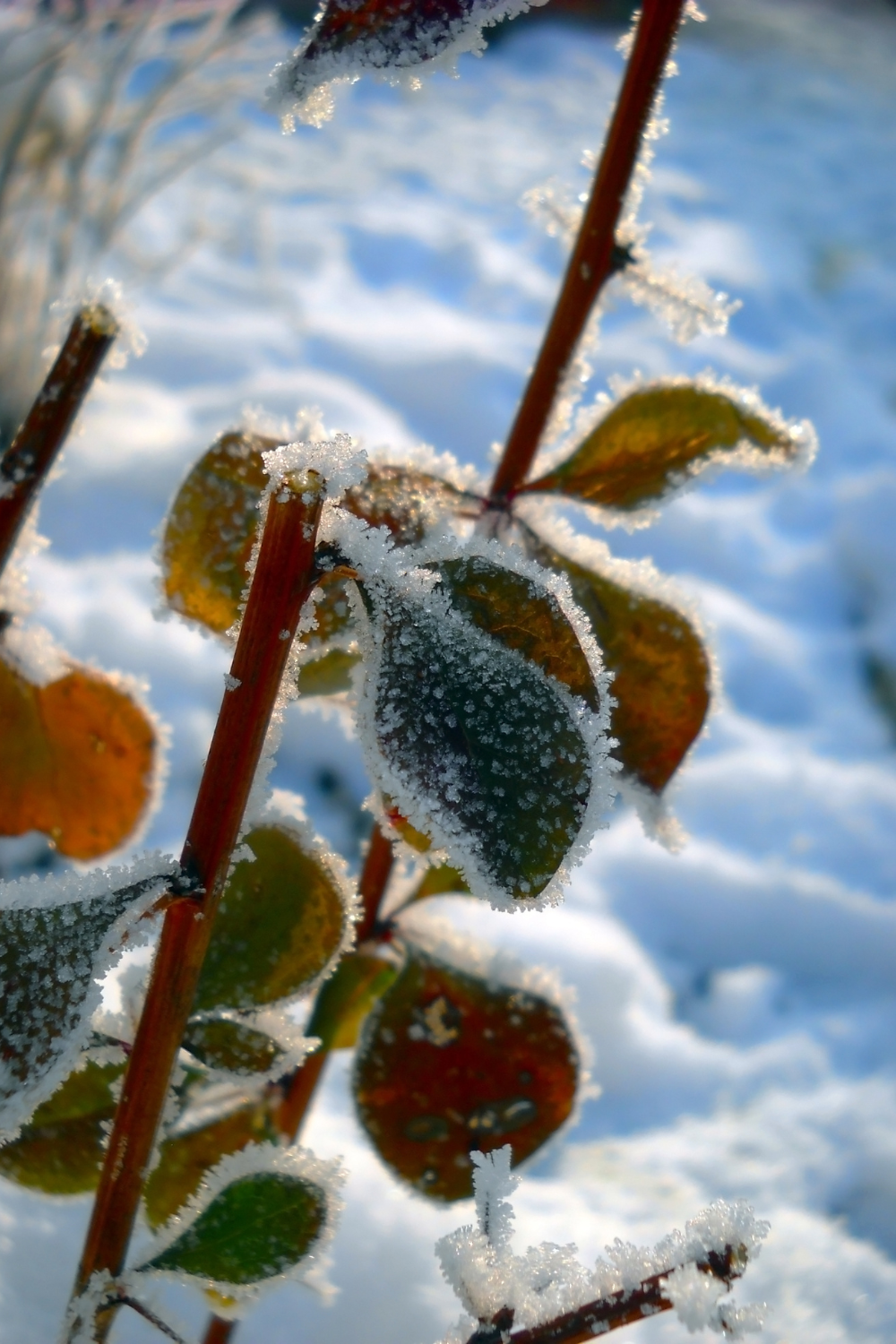
Assessing Your Hardiness Zone
Before you start ordering seeds or heading to the nursery, take a moment to assess your hardiness zone. This nifty classification system helps you determine the average minimum temperature in your area, giving you a better idea of which plants can handle the winter conditions.
Selecting the Right Winter-Friendly Plant Varieties
Not all plants are created equal, especially when it comes to winter hardiness. Some varieties are like winter warriors, while others prefer warm and cozy climates. When planning your winter garden, do some research and choose plants that are known to thrive in lower temperatures. Look for words like “hardy,” “evergreen,” or “cold-tolerant” on plant labels. These resilient plant varieties will be your best friends during the winter months.
Planning Your Winter Garden Schedule
Timing is everything when it comes to planting in winter. Aim to plant your winter-friendly varieties before the ground freezes to allow their roots to establish themselves. Keep an eye on weather forecasts and choose a day when the soil is workable, but not too soggy. Remember, patience is a virtue, and rushing into planting can lead to disappointment. Take your time, plan accordingly, and watch your winter garden come to life at just the right moment.
So, embrace the winter gardening adventure and discover the hidden potential within this seemingly dormant season. With perfect timing and a sprinkle of green-thumb magic, you’ll be amazed at the growth and beauty you can cultivate in your winter wonderland.
Unlocking Nature’s Potential: Techniques to Enhance Plant Growth During Winter
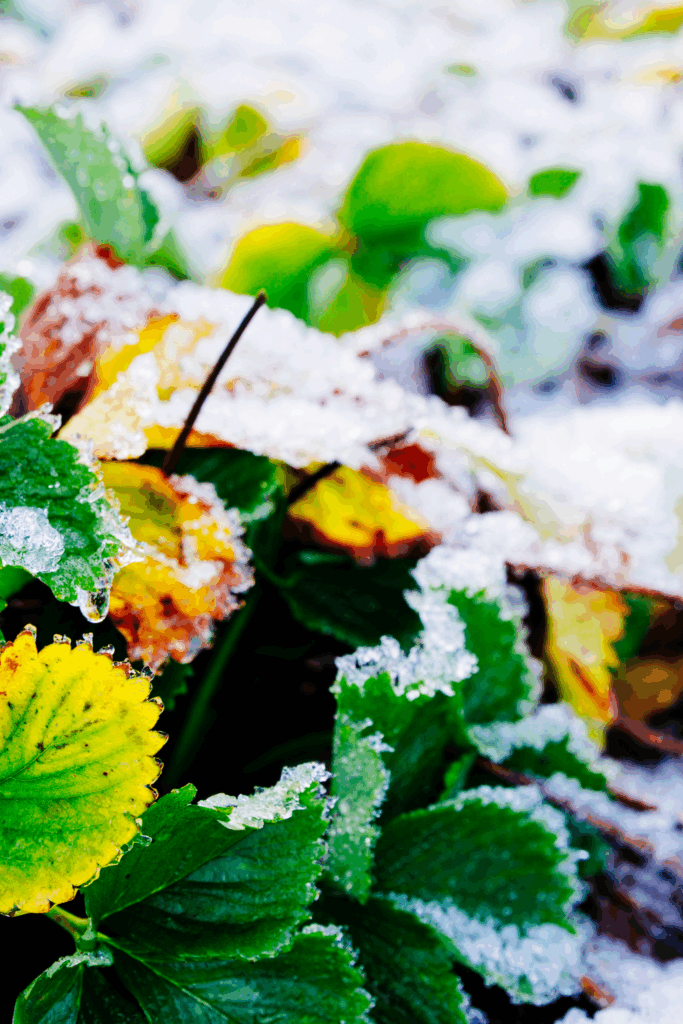
Winter may seem like a challenging time for plant growth, but with the right techniques, you can unlock the magic of the season and give your plants a boost. Here are a few techniques to consider:
Utilizing Season Extenders Like Row Covers and Frames
Season extenders, such as row covers and cold frames, can create a protective barrier around your plants, shielding them from harsh weather conditions. These simple tools can help trap heat and maintain a more favorable microclimate, allowing your plants to thrive even in the coldest months.
Implementing Proper Watering and Soil Management Practices
Proper watering and soil management are essential for plant growth during winter. While you might be tempted to water less during this time, it’s important to strike a balance. Water your plants when the soil is dry, but be mindful not to overwater, as excess moisture can lead to root rot. Additionally, maintaining well-draining soil and adding organic matter can improve moisture retention and nutrient availability for your plants.
Incorporating Organic Fertilizers and Compost
Winter is the perfect time to give your plants a nutrient boost. Organic fertilizers and compost can provide essential nutrients to support growth and strengthen your plants’ defenses against winter stressors. Consider incorporating well-aged compost or organic fertilizers into your soil to nourish your plants throughout the season.
The Importance of Protection: Shielding Plants from Frost and Extreme Weather
When winter brings frost and extreme weather, it’s crucial to provide your plants with the protection they need. Here’s what you need to know:
Understanding Frost and Its Impact on Plants
Frost can be detrimental to plants, causing damage to their cells and tissues. Understanding the signs of frost and its impact on plants can help you take timely action to minimize damage and protect your garden.
Techniques for Frost Protection
There are various techniques you can employ to protect your plants from frost. Covering them with blankets, tarps, or even old bedsheets can provide insulation and prevent frost damage. Additionally, using mulch around the base of your plants can help regulate soil temperature and protect roots.
Preparing for Extreme Weather Events
Extreme weather events, such as heavy snowfall or strong winds, can pose a threat to your plants. Preparing for these events by staking tall plants, clearing snow off branches, or even providing physical barriers can help safeguard your garden against potential damage.
Maximizing Winter Yields: Strategies for Extending the Growing Season
Why limit your gardening season to just spring and summer? With these strategies, you can extend your growing season and maximize your winter yields:
Using High Tunnels or Greenhouses
High tunnels and greenhouses create a controlled environment that allows you to grow a wider variety of plants during winter. These structures trap heat and protect plants from harsh elements, creating a cozy haven for your crops to flourish.
Implementing Crop Rotation and Succession Planting
Crop rotation and succession planting are helpful techniques for maximizing your garden’s productivity. By rotating your crops and planting new ones as others finish, you can ensure a continuous harvest and make the most of the winter growing season.
Taking Advantage of Microclimates
Your garden may have microclimates, which are small areas with unique temperature variations. By identifying these microclimates and planting accordingly, you can optimize growing conditions for different crops and extend their growing season.
Conclusion: Embracing the Enchantment of Winter Gardening for Thriving Plants
Winter gardening may seem daunting, but with the right techniques and a little bit of magic, you can create an enchanting garden that thrives even in the coldest months. From using season extenders to protecting your plants from frost and extending the growing season, there are plenty of strategies to unlock nature’s potential and enjoy the beauty of winter gardening. So, embrace the season, get your hands dirty, and watch your plants flourish in the winter wonderland.
As we conclude our exploration of winter gardening, it becomes clear that perfect timing holds the key to unlocking the full potential of your plants during the colder months. By understanding the winter growth cycle, harnessing the influence of temperature and light, and implementing strategic techniques, you can create a thriving garden even in the midst of winter’s chill. So, embrace the enchantment of winter gardening and embark on a journey where dormant plants awaken and flourishing blooms defy the season. With the right timing and techniques, you can transform your winter garden into a magical oasis of growth and beauty.
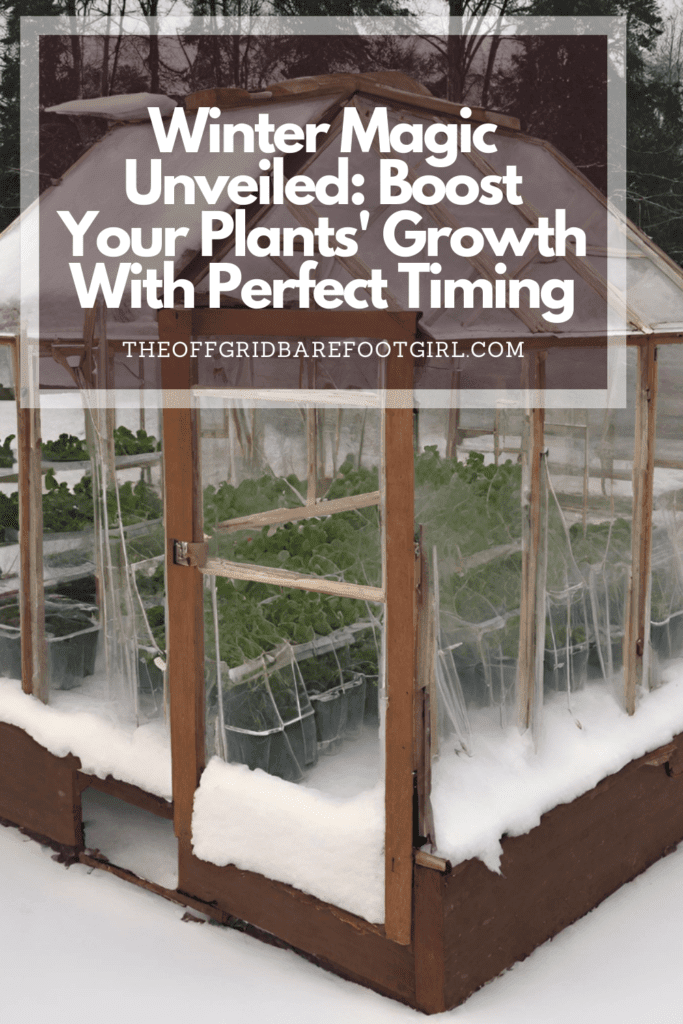
Frequently Asked Questions
1. Can plants really grow during the winter months?
Yes, plants can indeed grow during the winter months. While they may appear dormant on the surface, there is still plenty of activity happening beneath the soil. By understanding the winter growth cycle and implementing proper techniques, you can encourage growth and maximize the potential of your plants even in colder temperatures.
2. How does temperature affect plant growth in winter?
Temperature plays a vital role in winter plant growth. Different plant species have varying temperature requirements, and understanding these preferences is essential for successful winter gardening. Cold-hardy plants are adapted to withstand freezing temperatures, while others may require protection or specific temperature ranges to thrive. By selecting the right plants and providing appropriate temperature management, you can optimize growth and ensure healthy plant development.
3. What are some techniques for protecting plants from frost and extreme weather?
Protecting plants from frost and extreme weather is crucial for their survival and growth during winter. Techniques such as using frost blankets, constructing cold frames, or employing row covers can help shield plants from freezing temperatures. Additionally, mulching, proper watering practices, and providing windbreaks can also provide protection against extreme weather conditions. Implementing these strategies will help safeguard your plants and enhance their chances of thriving during the winter months.
4. How can I extend the growing season in winter?
Extending the growing season in winter is possible with the right strategies. Using high tunnels or greenhouses can create a controlled environment that allows for continued plant growth. Implementing crop rotation and succession planting ensures a continuous supply of fresh produce. Additionally, taking advantage of microclimates and utilizing season extenders can help prolong the growing season and maximize your garden’s productivity even in the coldest months.
Summary
I hope I have inspired you to try your skills at winter sowing with these tips and products.
If you were encouraged by this post, I invite you to check out my FREE Printables Page for fun free printables, planners, and charts.
ENTER MY FREE Printables Page HERE
Here are some more of my winter gardening inspiration posts to check out!
When to Start Planting Vegetables in Winter: The Ultimate Guide
Winter Sowing: How to Decide If It’s Right for Your Garden
How to Build Mini Greenhouses for Winter Sowing
How to Repurpose Everyday Items into Winter Sowing Containers
Root Vegetables That Thrive in Winter Sowing: Ultimate List
How to Grow Cold Hardy Greens for Winter Sowing
Top Winter-Sowing Vegetables for a Head Start in the Garden
Getting Started with Winter Sowing: The Ultimate Guide
The Benefits of Successful Winter Sowing for Vegetables in Containers
The Ultimate Guide to Choosing the Best Soil for Winter Sowing
Planning Your Garden: How to Plan a Vegetable Garden: Expert Green Thumb Tips!
Winterizing the Garden: How to Winterize Your Vegetable Garden: Step-by-Step Checklist
Mulching the Garden: How to Make Leaf Litter Mulch
How to Grow a Fall Garden: 9 Best Fall Crops
Blessings,
The Off Grid Barefoot Girl

